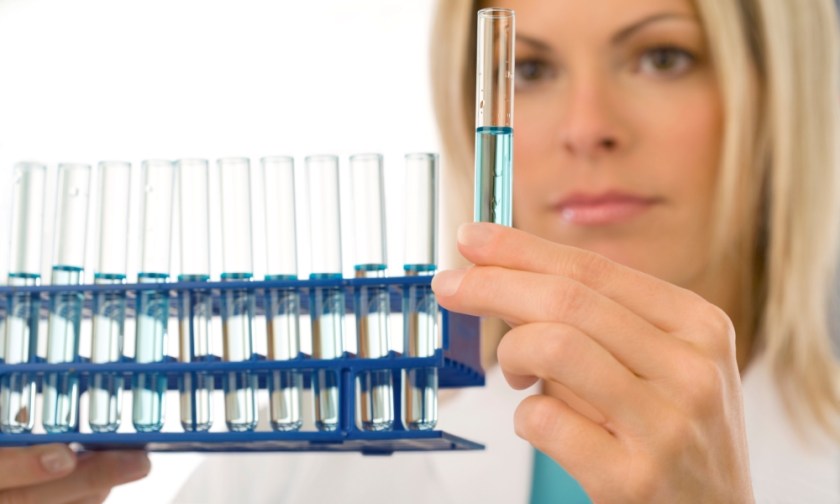Cosmeceutical products are formulated to include highly concentrated active ingredients, which can work synergistically, for even more effective results.
What’s more, with the help of powerful carriers they are able to act at a deeper level by penetrating each and every layer of the skin. Once they reach their destination, the active ingredients immediately go to work to help repair damaged skin. The reason why they are so effective is that their ingredients are able to penetrate cells and can selectively interfere with the biochemical processes that take place. They can have an impact on the cellular DNA chain and the genetic material responsible for carrying out all the biological processes for which the cells are programmed.
Cosmeceuticals are currently used to help treat a range of different beauty concerns such as sagging, cellulite and dull skin, although they are most commonly used in the field of treatment of aging skin. This is the category where they give really exceptional results by successfully counteracting oxidation and the release of free radicals and decreasing their harmful consequences. What’s more, these products, when combined with other specific ingredients are able to penetrate far deeper.
Cosmeceuticals are able to pass through the skin’s natural barrier, the stratum corneum. They subsequently travel to the deepest levels of the epidermis reaching as far as the papillary dermis. This is where fibroblasts cells, responsible for synthesising new collagen and elastin fibres and therefore directly involved in skin elasticity, are found. The active ingredients used in these cosmetics stimulate the fibroblasts, encouraging production of new ‘support fibres’ helping to firm the skin, restoring skin turgor. However, to be able to perform these reparative functions correctly, high concentrations of active ingredients are essential.
Furthermore, this is their main feature and what makes them really effective. Nowadays, medical teams make use of the cosmeceuticals and have made them part of their treatment programs, harnessing their ability to penetrate the dermis to multiply their effects on the skin. Cells age, too… Cell ageing is characterised by a series of changes that take place in the DNA chain.
In fact, these transformations modify numerous biochemical processes, altering expression and the effects of the proteins responsible for cellular transport, repair, regeneration, etc. Although the body has its own self-renewal mechanisms designed to correct errors in cellular genetic material, it is still important to give it extra help by using specialised cosmetics. After all, as the years go by, its natural capacity decreases considerably. That’s where the effects of the famous cosmeceuticals come in, whose main active ingredients are Hexapeptide-3 In high concentrations and carried by a gel to facilitate penetration, this substance mimics the effects of botulinum toxin, acting directly on certain cells.
Specifically, it affects the neuromuscular junctions between the motor nerve endings, where noradrenaline is released, by exocytosis of these catecholaminergic neurotransmitters, which are responsible for muscular hyperactivity. When they interact with the neuromuscular junction, hexapeptide-3 blocks release of the neurotransmitter between the nerve endings and the muscles, causing them to contract, softening wrinkles.
Dimethylaminoethanol acts as a stabiliser and antioxidant on the cell plasma membrane, protecting the skin from loss of turgor and addressing the problem of sagging. It is also a precursor of acetylcholine, making it an unquestionably effective firmer. This substance also helps protect cells from the damage caused by free radicals. Kojic acids This substance causes non-cytotoxic inhibition of the tyrosinase enzyme in melanin synthesis, preventing the formation of age-related dark patches. To do this, the ingredients have to reach the place where this pigment is manufactured: the melanosome, which is located within the melanocyte.
JUAN ANTONIO ASENSIO PhD in Chemistry, and mesoesetic Pharma Group Galenic Development Manager.




